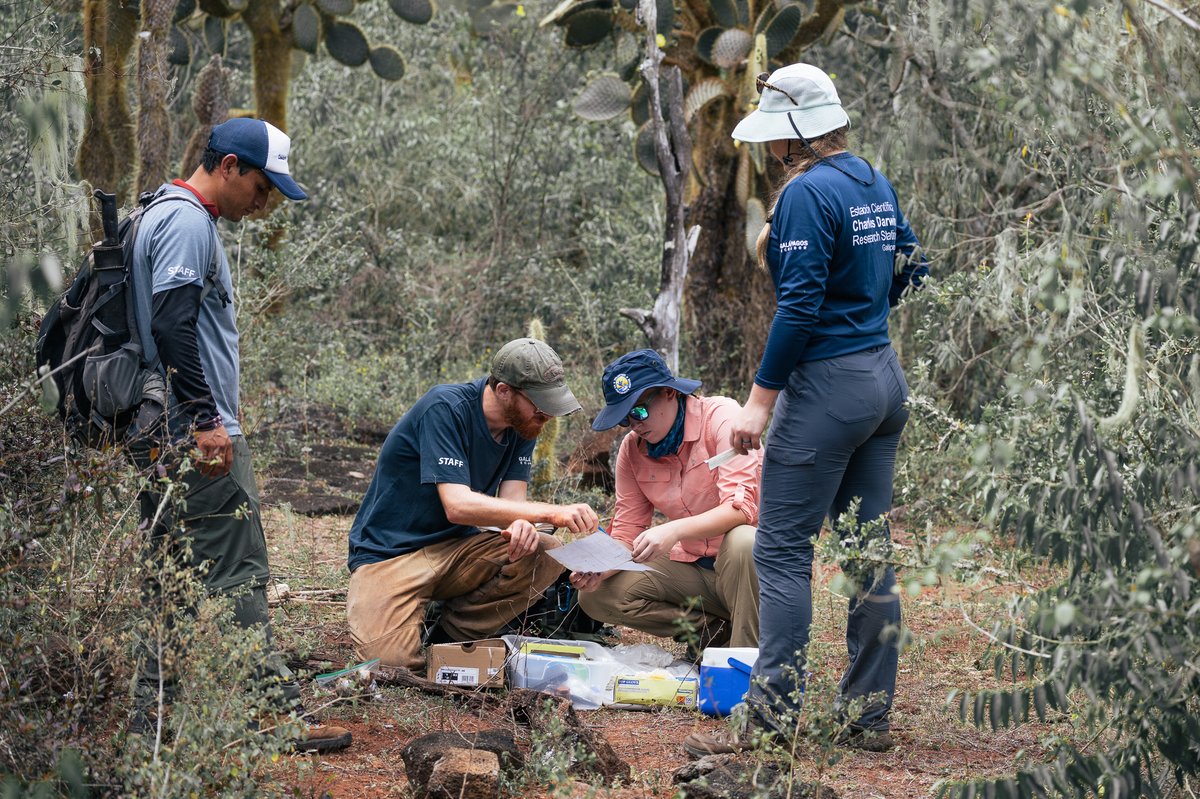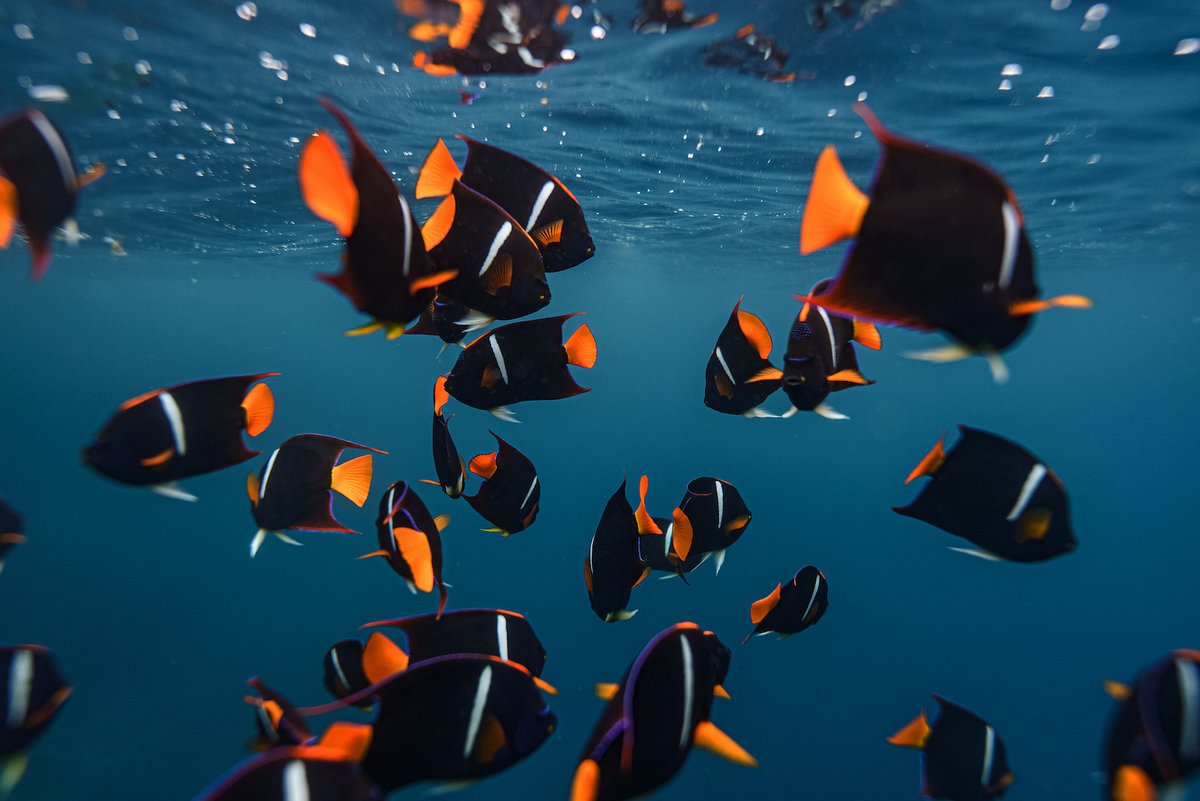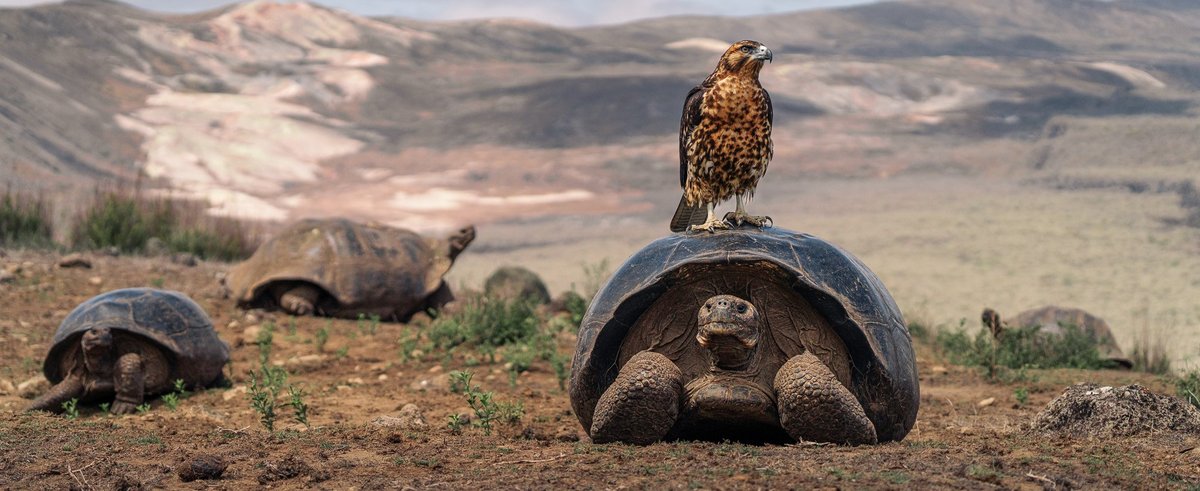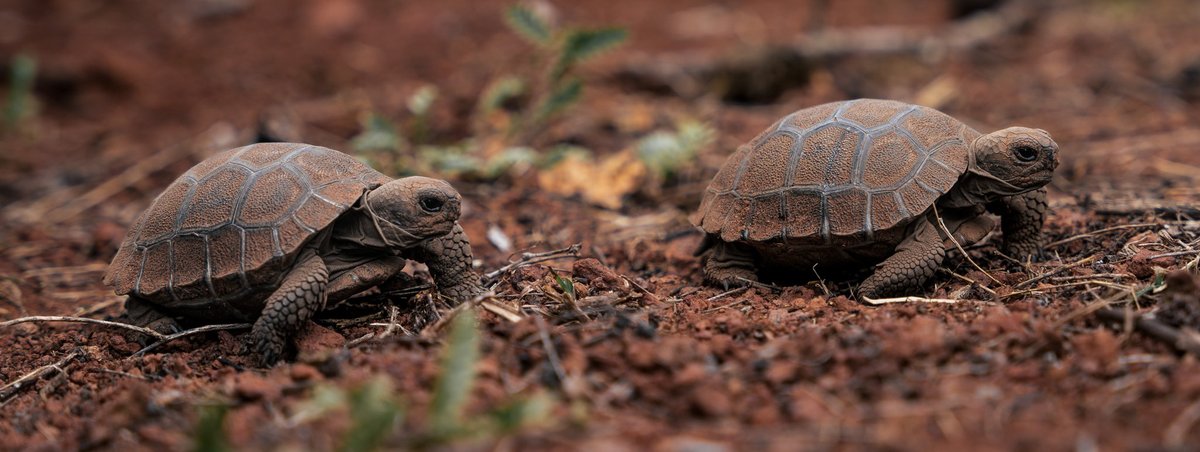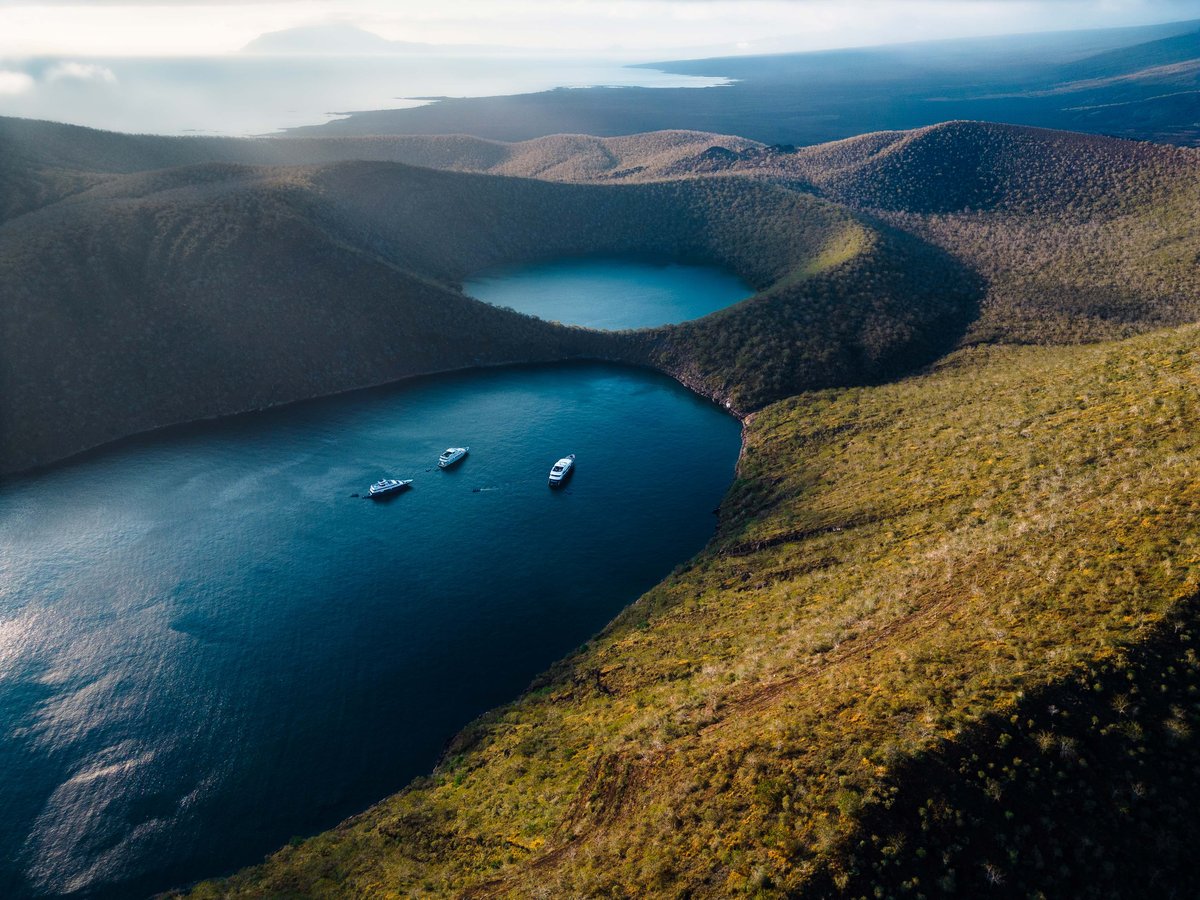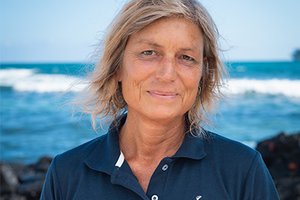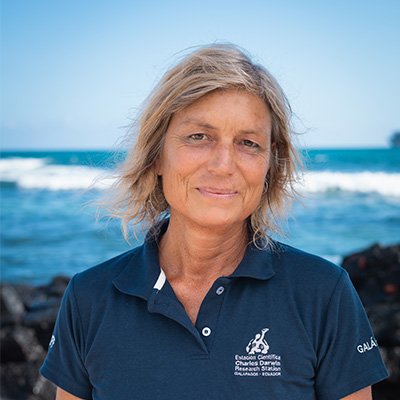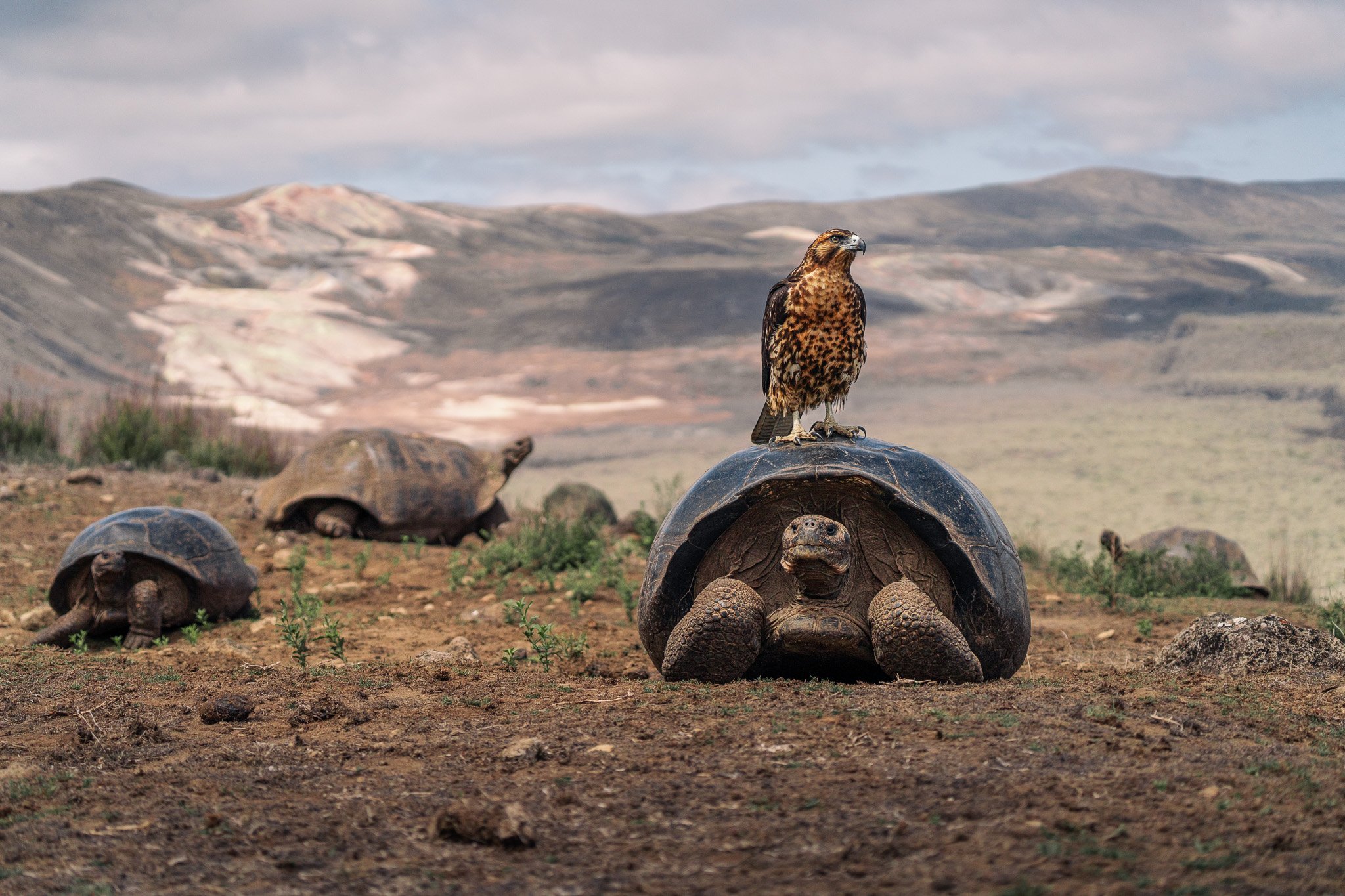26 years of vegetation monitoring on Santa Cruz: a conservation success story
Over millions of years, the Galapagos Islands have nurtured unique, plant-dominated ecosystems, such as the Miconia robinsoniana shrub zone in the humid highlands of Santa Cruz. But these landscapes are under siege. Invasive species like blackberry (Rubus niveus), quinine (Cinchona pubescens) and guava (Psidium guajava) have spread relentlessly, displacing native vegetation and threatening the ecological integrity of these habitats. As biodiversity declines, these ecosystems become more vulnerable to further invasions and less resilient to climate-driven changes. Recognizing the urgency, the Galapagos National Park Directorate (GNPD) has been controlling quinine at scale since the 1990s and, more recently, has expanded efforts to combat blackberry and guava.
To track the impacts of quinine and these restoration efforts on the vegetation, we established thirty-one permanent 20 m × 20 m plots in 1998 within the rugged triangle of Media Luna, Puntudo, and Cerro Crocker. Since then, we have returned every 3–4 years—eight times so far—to meticulously monitor changes in the vegetation structure. Each survey demands precision, patience, and endurance: two scientists, twelve days, thirty-one plots, five transects per plot, plant cover recorded at 10 cm intervals. There are no shortcuts. Only a relentless, methodical pursuit of knowledge. So far, results are staggering. After initial research showed a decline in the cover of Miconia robinsoniana and other native and endemic species due to the quinine invasion, manual and chemical control actions by the GNPD enabled Miconia and other species to thrive again. Miconia cover increased from less than 1% in 1998 to 35% in 2024, while quinine decreased from 16% to 1% during that same time interval. The increase in cover of Miconia and other endemic plant species is the result from the control actions and probably also an indication of the natural recovery of the vegetation after the last large-scale fire at Media Luna in 1967.
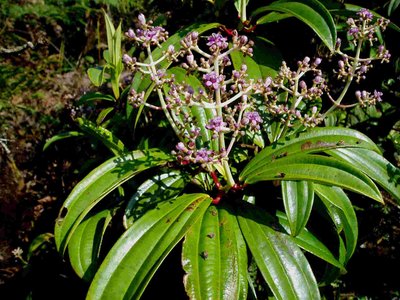
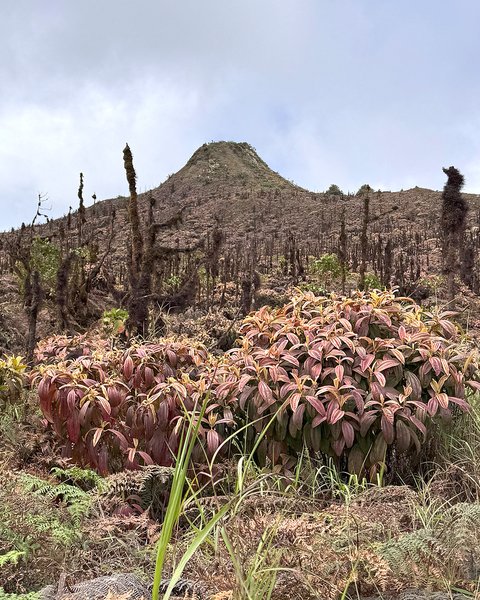
If the phrase “long-term vegetation monitoring” does not spark a thrill of adventure, you are not alone. By design, ecological monitoring is the opposite of dramatic. It is slow, deliberate, and repetitive. It doesn’t make headlines. But its value is immeasurable. In a world where conservation decisions must be made under deep uncertainty, long-term data is our compass. The ecosystems of Galapagos are in constant flux, shaped by natural forces like El Niño and human-driven pressures like land development and invasive species. Without sustained monitoring, we are blind to the patterns that will define their future.
Long-term datasets like this one from Media Luna reveal the hidden rules governing these biological systems—the rules that will dictate their survival in the face of climate change. Every rainy day in the field, every painstakingly measured transect, every year added to the record strengthens our ability to protect these ecosystems. This work is not just about documenting change. It’s about equipping conservationists with the scientific knowledge to guide restoration efforts, mitigate invasive species impacts, and safeguard the extraordinary but fragile ecosystems of Galapagos.
One transects at a time, we are shaping the future of these islands.
Long-term monitoring has allowed us to strengthen conservation efforts in Galápagos. However, this work does not stop here. Learn more about our project and how we are protecting this unique ecosystem at Scalesia Forest Restoration and help us continue this noble mission of conserving the Galápagos Islands, a one-of-a-kind place in the world.
